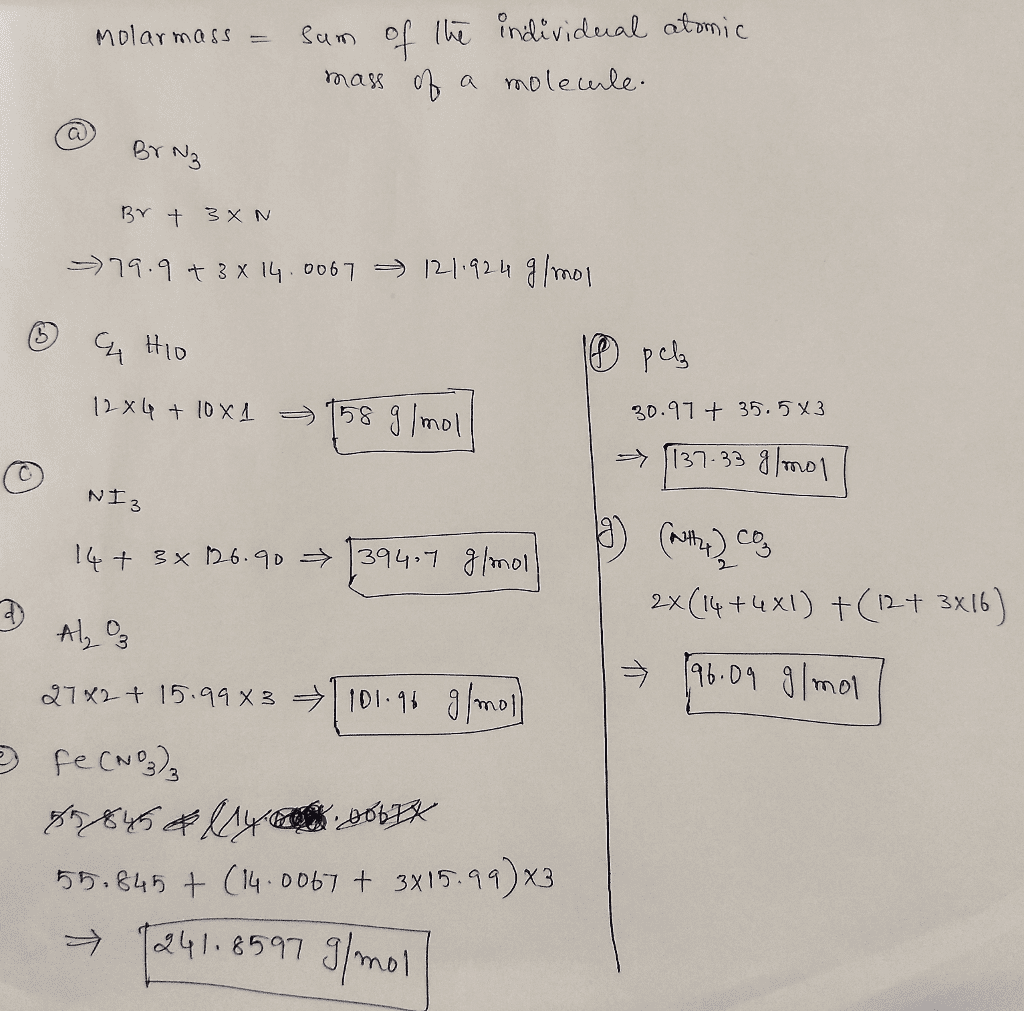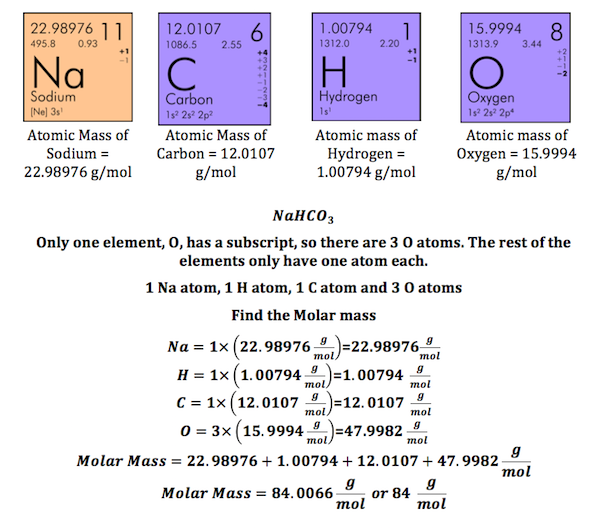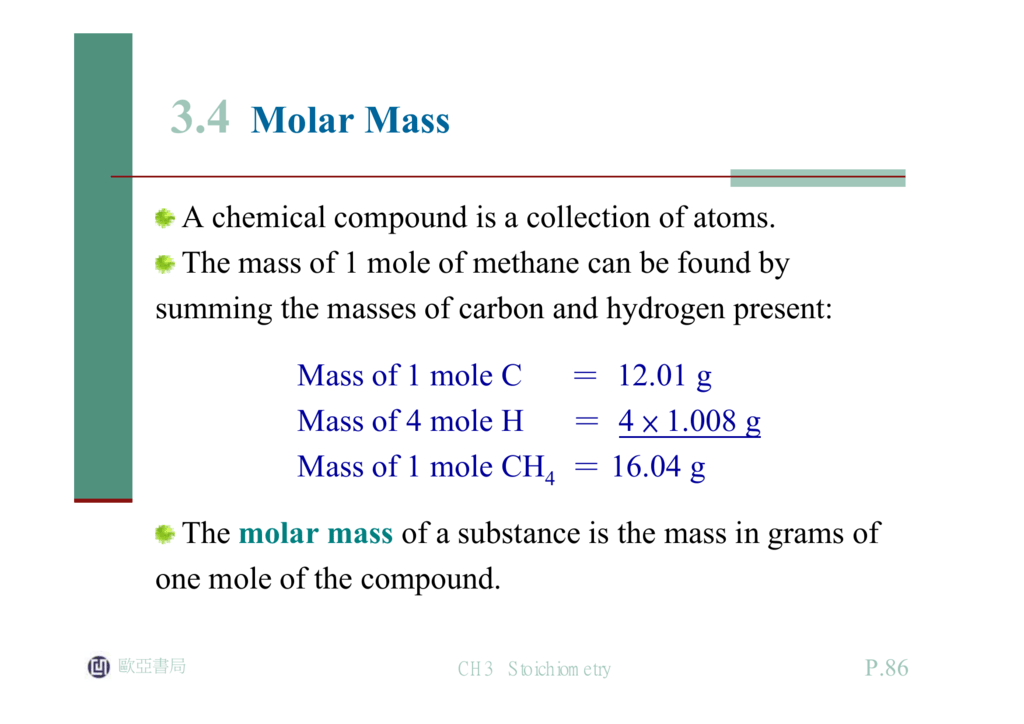

As an example, we are using the Default-GCMS-SQ.m method, which has parameters optimized for GC/MSD single quadrupole instruments.
MMASS COMPOUNDS SEARCH SOFTWARE
The Data Navigator shows the data file and the TIC.Ĭlick Method > Open, Methods for Qualitative Analysis program, by default, are saved in the D:\MassHunter\Methods\X folders ( X here is the software version). When a data file is opened, a total ion chromatogram (TIC) is generated automatically and shown in the Chromatogram Results window. In this example, the evaldemo data file is used. This article will describe how to load a data file and method, set library search parameters and identify compounds.Ĭlick File > Open Data File, or click the top-left corner of the toolbar Open data files icon > choose the data file > OK, or double click the data file. Identifying compounds using a spectral library is essential in qualitative analysis. join ( files, "ids.This Information Applies To: Agilent MassHunter Qualitative Analysis Software version 10.0 or higher split ( " \t ", expand = True ) ams_df = df. join ( files, "ids.tsv" ), header = None, sep = " \n " ) df = df. join ( files, "ids.tsv" ), mztab ) df = pd. run ( consensus_map, mztab ) MzTabFile (). setParameters ( ams_params ) mztab = MzTab () ams. join ( files, "NegativeAdducts.tsv" )) ams_params. join ( files, "PositiveAdducts.tsv" )) ams_params.

setValue ( "ionization_mode", "negative" ) ams_params. join ( files, '.' ) ams = AccurateMassSearchEngine () ams_params = ams. fmap.getDataProcessing().getMetaValue('parameter: out') fig. decode () for fmap in fmaps ], loc = "lower center", ) # in some cases get file name elsewhere, e.g. set_xlabel ( "RT" ) for fm in fmaps : ax. set_title ( "consensus map after alignment" ) ax. asarray (]) / max (]), ) for fm in fmaps : ax. set_xlabel ( "RT" ) # use alpha value to display feature intensity ax. set_title ( "consensus map before alignment" ) ax. Out: feature maps aligned on the first feature map in the list (feature_maps)įmaps = ( ] + feature_maps + feature_maps ) fig = plt. In: unaligned feature maps (feature_maps) append ( feature_map ) Feature Map Retention Time Alignment run ( mass_traces_final, feature_map, feat_chrom ) feature_map. setValue ( "report_convex_hulls", "true" ) ffm. setValue ( "mz_scoring_by_elements", "false" ) ffm_params. setValue ( "remove_single_traces", "true" ) # set false to keep features with only one mass trace ffm_params.

setValue ( "isotope_filtering_model", "none" ) ffm_params. filterByPeakWidth ( mass_traces_split, mass_traces_final ) else : mass_traces_final = mass_traces_split feature_map = FeatureMap () feat_chrom = ffm = FeatureFindingMetabo () ffm_params = ffm. getValue ( "width_filtering" ) = "auto" : epd. detectPeaks ( mass_traces, mass_traces_split ) if epd. setValue ( "width_filtering", "fixed" ) epd. run ( exp, mass_traces, 0 ) mass_traces_split = mass_traces_final = epd = ElutionPeakDetection () epd_params = epd. setValue ( "noise_threshold_int", 1000.0 ) # adjust to noise level in your data mtd. setValue ( "mass_error_ppm", 5.0 ) # set according to your instrument mass error mtd_params. sortSpectra ( True ) mass_traces = mtd = MassTraceDetection () mtd_params = mtd. endswith ( ".mzML" ): exp = MSExperiment () MzMLFile ().


 0 kommentar(er)
0 kommentar(er)
